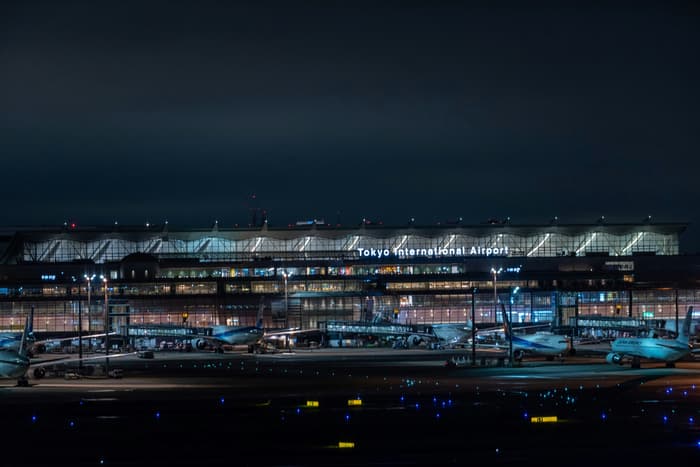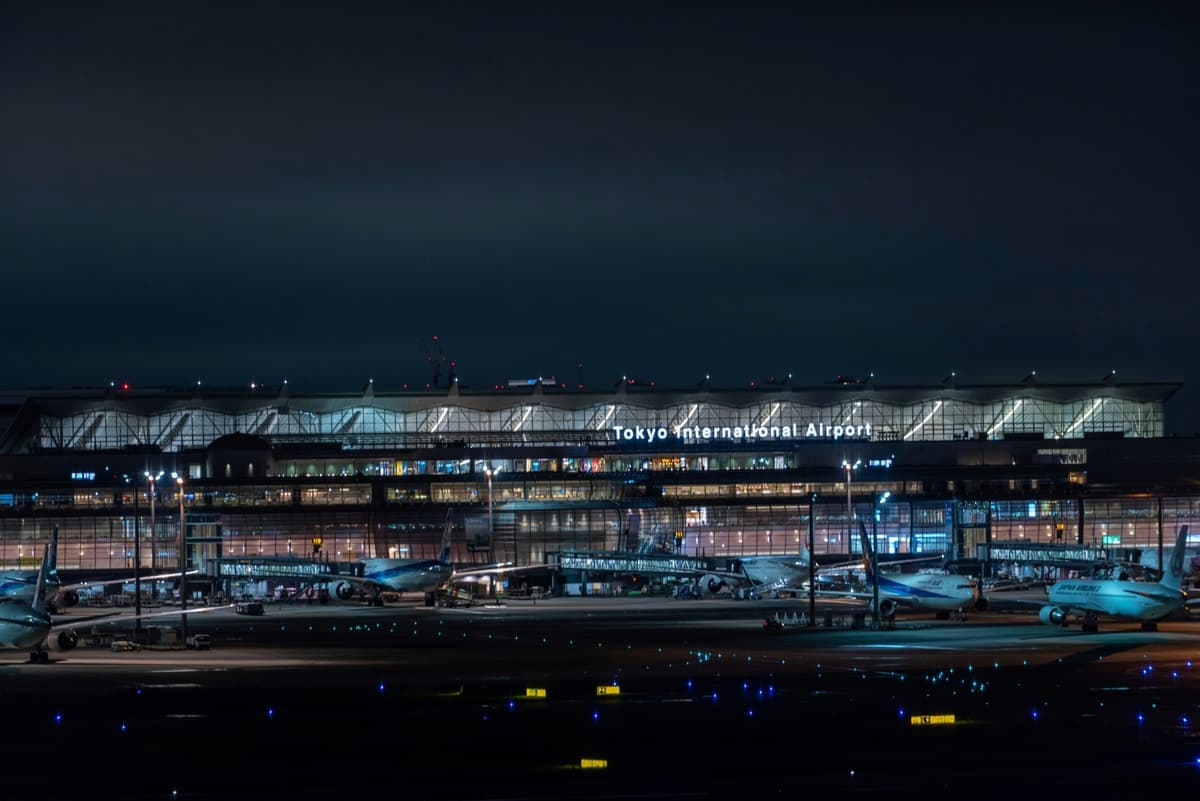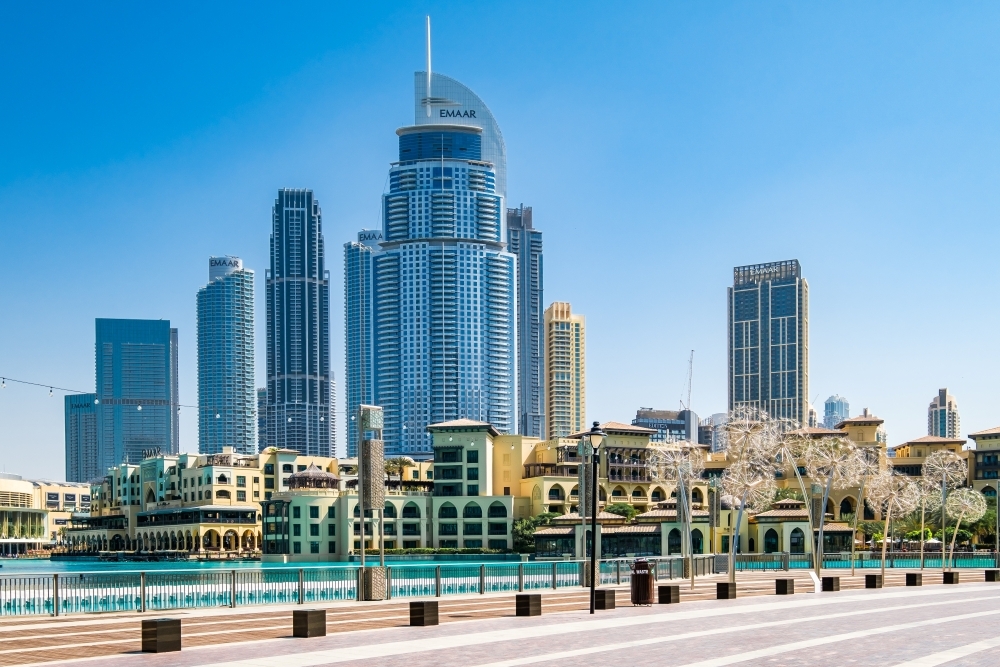A Trip Through the Busiest Airports in the World
Airports Council International (ACI) has released its preliminary ranking of the world's busiest airports for 2023, showcasing the impact of the resurgence in international air travel.


Top 10 Busiest Airports in the World
Nearly 8.5 billion passengers took to the skies last year, driven largely by the international segment, which grew by 37%. This surge has reshaped the list of the top 10 busiest airports, emphasising the crucial role of global travel in the aviation industry's recovery. Listed below are the airports that ranked in the top 10 for being the busiest in the world.
1. Atlanta Hartsfield-Jackson International Airport (ATL), US: 104.6 million
Atlanta Hartsfield-Jackson International Airport (ATL) has been the busiest airport in the world since 1998, serving over 104.6 million passengers in 2023. Known for its strategic location, ATL is within a two-hour flight of 80% of the U.S. population, cementing its role as a major connecting hub. It first surpassed 100 million passengers in 2015 and has maintained high traffic volumes, even during the pandemic. Opened in 1926, ATL features two terminals, five runways, and North America's tallest control tower.
2. Dubai International Airport (DXB), UAE: 86.9 million
Dubai International Airport (DXB) is the busiest airport in Asia and holds several records, including having the largest baggage handling system and the second-largest building by floor area in Terminal 3. It is the world's busiest airport for international passenger traffic and has the highest average number of passengers per flight. Terminal 3 is also the largest airport terminal on earth. DXB operates over 8,000 weekly flights to 262 destinations across all continents. The airport is dominating global air travel, recording nearly 87 million passengers in 2023, benefiting from the UAE's investment in tourism and its ideal location as a connecting hub.
3. Dallas-Fort Worth International Airport (DFW), US: 81.8 million
Dallas-Fort Worth International Airport (DFW) remains one of the world's busiest airports, recording over 81 million passengers in 2023. Covering an area larger than Manhattan, DFW is the second-largest airport by land area in the U.S. It has its own ZIP Code and city designation, with dedicated police, fire, and emergency services. DFW offers flights to 254 destinations, including the highest number of nonstop destinations in North America. It is also the largest carbon-neutral airport in the world. DFW retained significant traffic due to its role as a major connecting hub in the US.
Read Also : World's Strongest Currency
4. London Heathrow Airport (LHR), UK: 79.2 million
Heathrow Airport (LHR) remains the busiest airport in Europe and holds the title for the most international connections worldwide in 2023. Serving London since 1946, Heathrow has four passenger terminals and two runways, with plans for expansion, including new terminals and a third runway. Despite competition from other London airports, Heathrow handled over 79 million passengers in 2023 and is on track to surpass 81 million in 2024. It is the fourth-busiest airport globally by passenger traffic and the second-busiest for international passengers. Heathrow is a key hub for British Airways and a base for Virgin Atlantic, with flights to 214 destinations in 84 countries.
5. Tokyo Haneda International Airport (HND), Japan 78.7 million
Haneda Airport (HND) saw the greatest percentage increase in passengers among the top 10 airports in 2023, with a 55.1% rise from 2022. This growth propelled Haneda from 16th to 5th place in a single year. Haneda is one of Tokyo's two international airports, along with Narita, and is a key domestic hub for Japan Airlines and All Nippon Airways. Opened in 1931, Haneda is one of the oldest airports on this list and has since expanded to include four runways and three passenger terminals on a 15.2 km² site. Tokyo's combined airport system is the third busiest in the world and Haneda was named the world's second-best airport and best domestic airport in recent years, maintaining high rankings for quality and service.
6. Denver International Airport (DEN), US: 77.8 million
Since opening on February 28, 1995, Denver International Airport (DEN) has been a key global centre, consistently ranking among the world's busiest airports. As Colorado's primary economic engine, it generates $36.4 billion annually for the state. DEN covers 137.8 km², making it the largest airport in North America and the second largest in the world. Despite its vast size, DEN has just one terminal with 169 gates and five runways, including the longest commercial runway in North America. Known for its distinctive architecture and stunning views of the Rocky Mountains, DEN serves 25 airlines with nonstop flights to over 215 destinations across the Americas, Europe, and Asia, and is Colorado's largest employer with over 40,000 staff.
Read Also : Best Countries to Visit from Dubai
7. iGA Istanbul Airport (IST), Turkey: 76.2 million
iGA Istanbul Airport (IST) has quickly become a major transfer hub since its opening in 2018. In 2023, IST served over 76 million passengers, making it the second-busiest airport in Europe and the Middle East. The airport invested 160.1 million Euros in 2023 and plans to invest 656.5 million Euros in 2024, focusing on expanding flight routes, enhancing runways, boosting sustainability, and improving passenger satisfaction. Despite the pandemic, IST has seen rapid growth due to its prime location between Europe, Asia, and Africa. With a single large terminal and five runways, the airport aims to handle 85 million passengers in 2024 and implement Europe's first triple parallel runway operation.
8. Los Angeles International Airport (LAX), US: 75.1 million
Los Angeles International Airport (LAX) is arguably one of the most well-known and busiest airports, consistently ranking within the top ten. Opened in 1928, LAX is one of the oldest airports still in operation, with its original hangar restored in 1990 and in use since. The airport features nine passenger terminals with over 150 gates and four runways. As the largest and busiest international airport on the U.S. West Coast, LAX serves as a major gateway for international travel, particularly to East and Southeast Asia, Australasia, Mexico, and Central America. LAX holds the record for the world's busiest origin and destination airport, reflecting its role as a starting or ending point for many travellers. It ranks among the top five U.S. airports for both passenger and cargo traffic. The ongoing $15 billion improvement programme aims to expand and enhance the airport, potentially boosting its future rankings.
Read Also : Best Countries to Invest in Real Estate
9. Chicago O’Hare International Airport (ORD), US: 73.9 million
O'Hare International Airport (ORD) experienced significant growth in 2023, with 73.9 million passengers, an 8.1% increase from 2022. The airport handled over 720,000 aircraft operations, including nearly 100,000 international flights. Forecasts predict continued growth, with 41.5 million departing passengers in 2024 and 44.1 million in 2025. As the world's most connected airport and the fourth busiest in the U.S., O'Hare has a rich history of innovation, including pioneering concepts like concourses, jet bridges, and underground refuelling stations. The airport hosts five terminals and eight runways, the most of any civilian airport globally. United Airlines, based in Chicago, plans to expand its operations at ORD, including new routes to Europe and North America. Other airlines, such as Cathay Pacific, WestJet, and Frontier Airlines, are also increasing their services at O'Hare.
10. Indira Gandhi International Airport (DEL), India: 72.2 million
Indira Gandhi International Airport (DEL) in New Delhi remains a key player in global aviation, though it dropped one place in the top 10 list despite significant traffic growth in 2023. The airport handled over 72.2 million passengers, a 20.36% increase from 2022, surpassing pre-pandemic levels by more than 5%. Serving as India's primary international gateway, DEL operates on a 5,106-acre site with four runways and three terminals. Terminal 3, opened in 2010, is the largest in South Asia, handling up to 34 million passengers annually.
Final Take
The 2023 rankings reveal the vital role that major airports play in global connectivity, commerce, and economic development. These transportation hubs have shown remarkable resilience and adaptability in the face of the dynamic challenges of international travel. It also shows how certain cities like Dubai and Tokyo have leveraged changing conditions to grow their airports into major hubs, capitalising on their locations and enhancing infrastructure to accommodate increasing passenger volumes.



